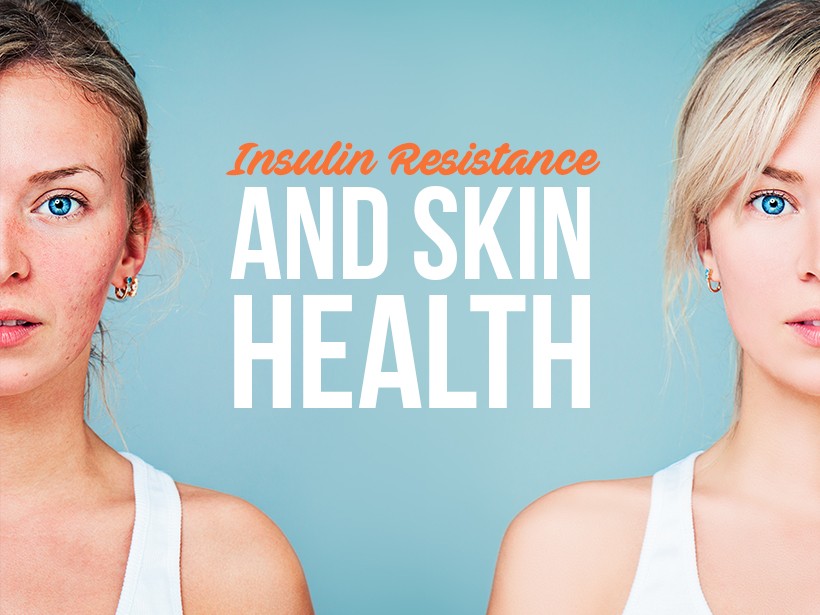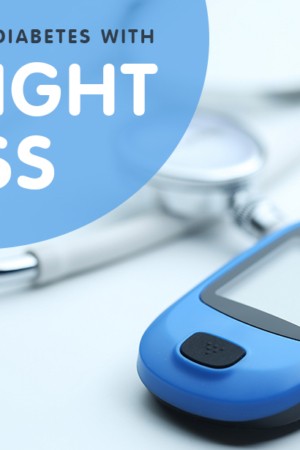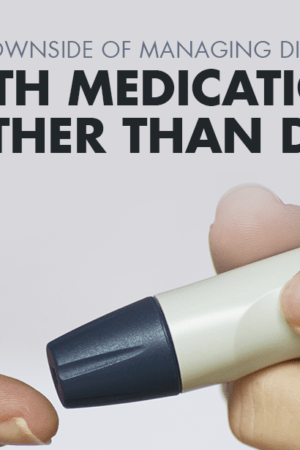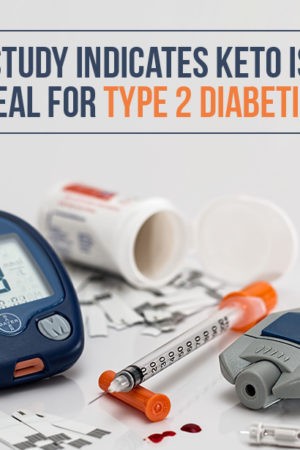One major reason to embark on the ketogenic diet is to manage insulin levels, which can make or break a person’s general health status.
Our bodies need insulin to deliver energy to our cells. Once carbs are broken down into glucose by the digestive tract and absorbed into the bloodstream, insulin allows our body’s cells to use glucose as energy. Insulin resistance happens when glucose builds up in the blood, and the body’s cells can’t respond normally, leading to high blood sugar and other conditions such as prediabetes.
It’s helpful to know the first warning signs of insulin resistance, which is often displayed on our body’s largest organ, the skin.
How can insulin resistance show on the skin?
One of the first ways that physicians and patients alike can spot insulin resistance is by recognizing how it manifests on the skin. In fact, these skin conditions may lead to more positive outcomes for patients, because they may allow doctors to recognize insulin resistance earlier than they otherwise would have.
Skin Tags
Skin tags are small growths that usually appear on the neck, upper chest, underarms, and eyelids. They are typically harmless and painless, and can easily be removed by a doctor, but they can often signal less benign health concerns under the surface. Having multiple skin tags is strongly associated with insulin resistance, according to a Brazilian study.1
Dark Skin Patches
Often one of the first signs of diabetes is the appearance of a dark rash on the skin. This rash is velvety in texture and typically appears on the armpits, groin, and neck. This condition is clinically called Acanthosis nigricans. When there’s too much insulin in the blood, skin cells reproduce at a faster rate, which typically means more melatonin, especially in individuals with darker skin.2
Male or Female Pattern Baldness
Nearly one-third of men will develop androgenetic alopecia (AGA) before their 30th birthday, and some factors include tobacco use, prostatic hyperplasia, and prostate cancer. But one of the most common contributors to Male/Female Pattern Baldness is metabolic syndrome (i.e. insulin resistance). A 2005 study shows that men with AGA before age 30 had “significantly higher insulin resistance” than the group without AGA.3
Another study from Finland shows that women with insulin resistance have a “significantly increased risk” for female AGA.4
Excess Body Hair
On the flip side of losing your hair, insulin resistance can also give women excess body hair, typically in undesirable places. This unwanted male-pattern hair growth displays itself on a woman’s face, chest, and back. Excess insulin increases the production of male sex hormones, such as testosterone, which can explain the stimulation of hair growth in unwanted places.5
How can the ketogenic diet help manage our insulin levels?
Studies conclude that low-carbohydrate, high-fat ketogenic diets “leads to improved insulin sensitivity”6 and can help alleviate symptoms of metabolic syndrome, another insulin-related disease.7
The ketogenic diet can not only increase our insulin sensitivity by up to a whopping 75%,8 but it also helps control our blood sugar levels and helps us maintain a healthy weight.9
By changing our body’s energy source from carbohydrates to fat, we can substantially increase insulin sensitivity. So if you develop skin tags, dark rashes, baldness, or unwanted body hair, it might be time to talk to your doctor about your insulin status and whether it would make sense to begin the ketogenic diet.
NUTRITIONAL DISCLAIMER
The content on this website should not be taken as medical advice and you should ALWAYS consult with your doctor before starting any diet or exercise program. We provide nutritional data for our recipes as a courtesy to our readers. We use Total Keto Diet app software to calculate the nutrition and we remove fiber and sugar alcohols, like erythritol, from the total carbohydrate count to get to the net carb count, as they do not affect your blood glucose levels. You should independently calculate nutritional information on your own and not rely on our data. The website or content herein is not intended to cure, prevent, diagnose or treat any disease. This website shall not be liable for adverse reactions or any other outcome resulting from the use of recipes or recommendations on the Website or actions you take as a result. Any action you take is strictly at your own risk.
- A Ketogenic Pregnancy: Is It Safe? - June 20, 2018
- Perfect Keto Nut Butter is, Well, Perfect for Keto - May 14, 2018
- The Silicon Valley’s Favorite Diet? Brain-Boosting Keto - May 11, 2018




